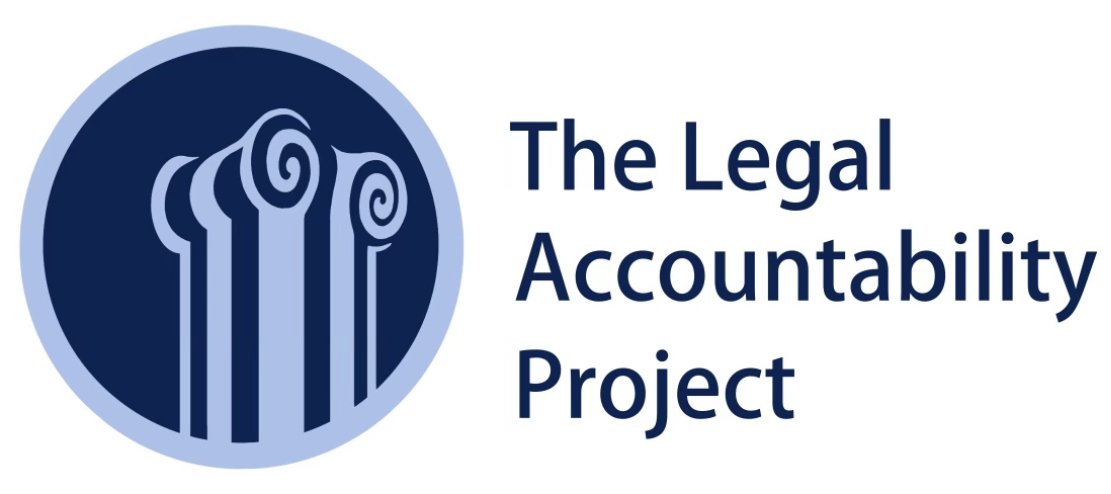Fixing Our Clerkship System
Is there a tension between critiquing the clerkship system, and encouraging law students to clerk?
Is The Legal Accountability Project dissuading students from clerking?
I recently spoke with Jonah Perlin for a forthcoming episode of How I Lawyer podcast. Jonah and I discussed this question both on the podcast, and last fall at a LAP “Fixing the Clerkship System” event at Georgetown University Law Center.
I field this question less frequently now. As more people follow LAP’s work, they understand that I encourage students to consider clerking, but to be mindful about who they clerk for, in a way that students cannot be right now.
Several things can simultaneously be true:
I critique the clerkship system because I know that it can be better. Rather than criticizing anyone personally, LAP offers concrete, achievable solutions to increase transparency, diversity, and accountability in judicial clerkships and the judiciary.
The clerkship system is broken. The status quo is unacceptable. Whether you go to a T14 or a regional school, there is a troubling dearth of information about judges accessible to students right now.
The status quo - lacking in diversity, transparency, equity, and accountability - benefits some deans, clerkship directors, and faculty members, but it does not benefit students.
Increasing transparency in the clerkship application process will encourage more students - including, but certainly not limited to, historically marginalized groups - to pursue judicial clerkships, armed with the confidence that they’ll be treated fairly and respectfully.
It should be a red flag if you encounter someone who opposes transparency. Ask yourself why your law school wouldn’t want you to have more information and not less about judges.
There is a hunger - on law school campuses and in the legal profession generally - for candid, real talk about clerkships and the judiciary. This is evidenced by the number of people following LAP’s work and reaching out to convey support, share their experiences, and ask how they can help.
Transparency is the missing piece in both conversations about diversity, and in clerkship advising.
Legal technology is the future of clerkship advising. LAP’s Centralized Clerkships Database complements the work that law schools do internally.
LAP encourages every student who wants to clerk, to pursue the clerkship that’s right for them. The legal community doesn’t need another person to extoll the benefits of clerking. They need someone willing to tell the truth about judicial clerkships: while they can be valuable experiences, not all clerkships are created equal. The myth that any clerkship is better than no clerkship at all, is toxic.
I’ve dedicated my career to improving the clerkship system and the judiciary because I know it can be better. What keeps me going in the face of setbacks is the many wonderful judges I collaborate with, who support transparency initiatives and want to do better. I am also heartened by the clerkship directors and deans working with me to ensure positive clerkship experiences for their alumni.
If I didn’t see the value in clerking - and if I didn’t think that legislative, policy, and cultural change was feasible - I wouldn’t do this work. I critique the system because I know it can be fixed. LAP is the solution the legal profession has been waiting for.
If you are a former law clerk and you'd like to help LAP increase transparency, diversity, and equity in the clerkship process, please visit survey.legalaccountabilityproject.org to share your clerkship experience.


